

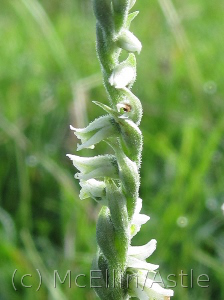 |
These now appear to be as abundant as they get on the Common with flowers fully developed. Although we have not done a systematic count (just counting the easily spotted specimens as we walk through the usual patches) they look about the same as last year. This week we also spotted a patch previously unknown to us near the Fort on Rodborough, again on an unsystematic count-as-we-walk it has about 20 easily spotted examples. |
We recently found this example of a bolete on the Common - unusual, since they usually occur in woodland, and this example was a good distance away from the nearest trees.
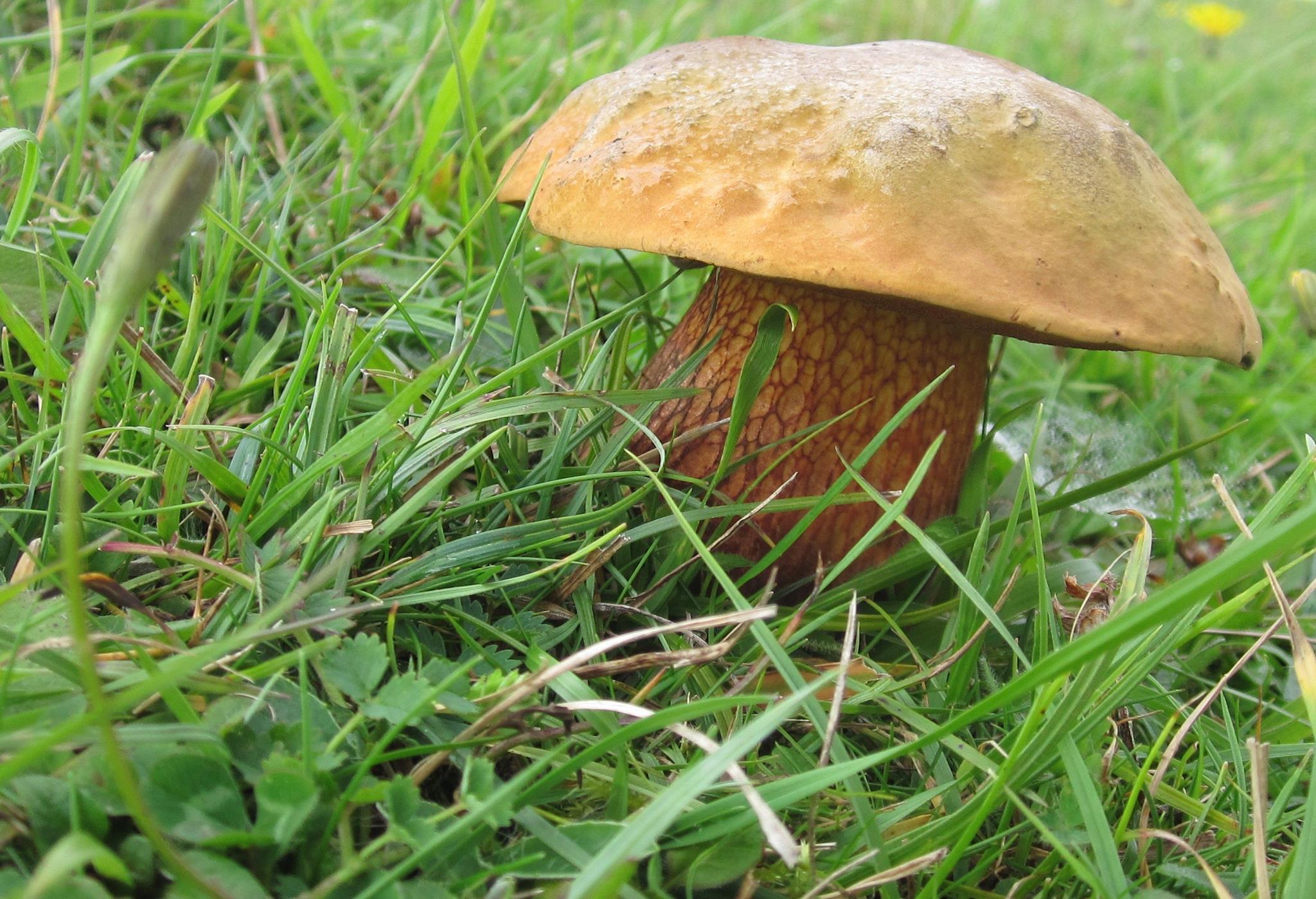
I have not definitively identified it because that would require looking a the spores and cutting the flesh to observe the discolouration in air. I wonder whether it is Boletus luridus, which is associated with calcareous ground (though usually beach woodland) and also has a red reticulation on the stem against the lighter background.
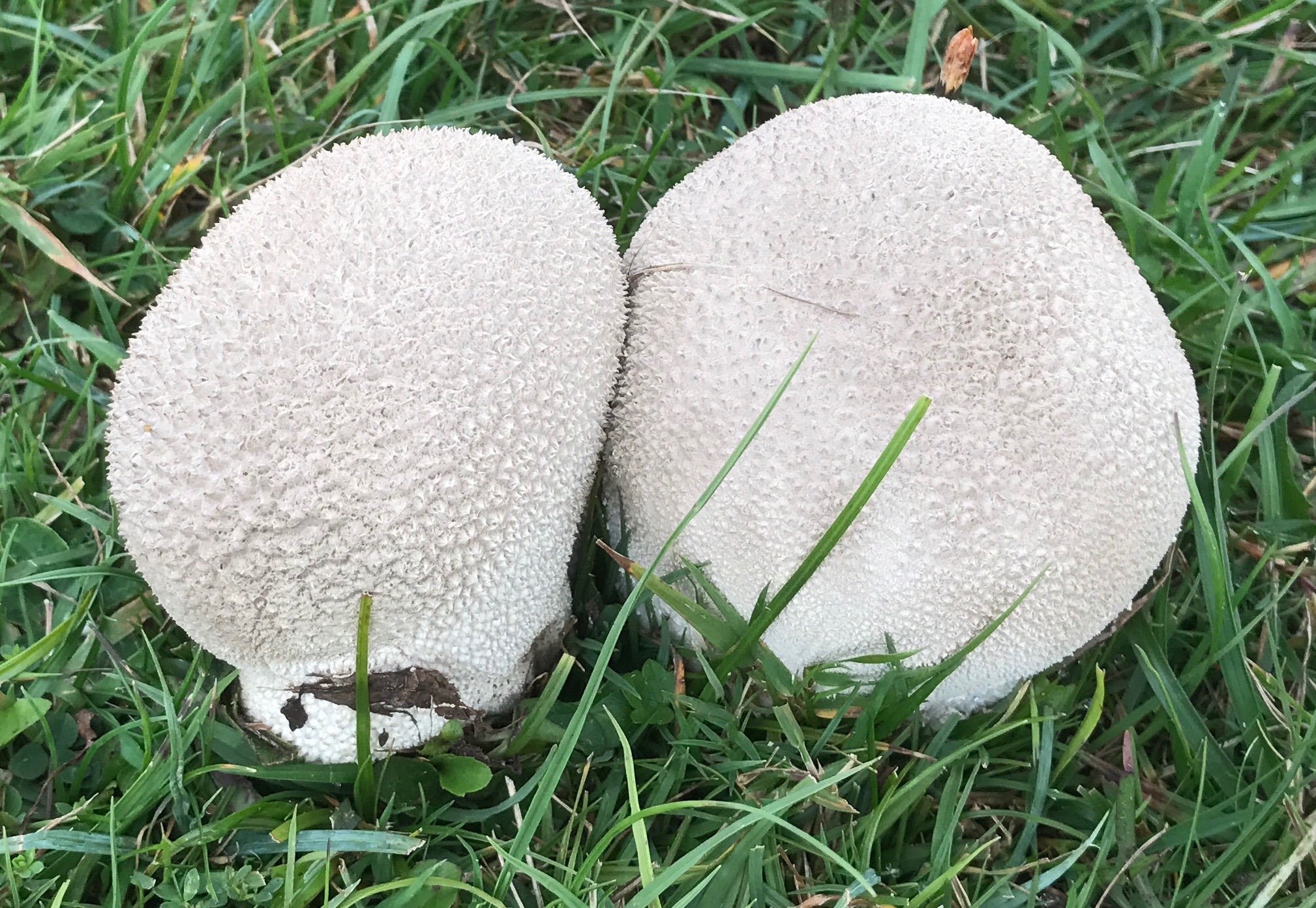
Photographed this morning on Minchinhampton Common. I think that this is Lycoperdon utriforme. (Each about 6-8cm across.) There seem to be lots of these around at present (along with other fungi) after the recent damp weather.
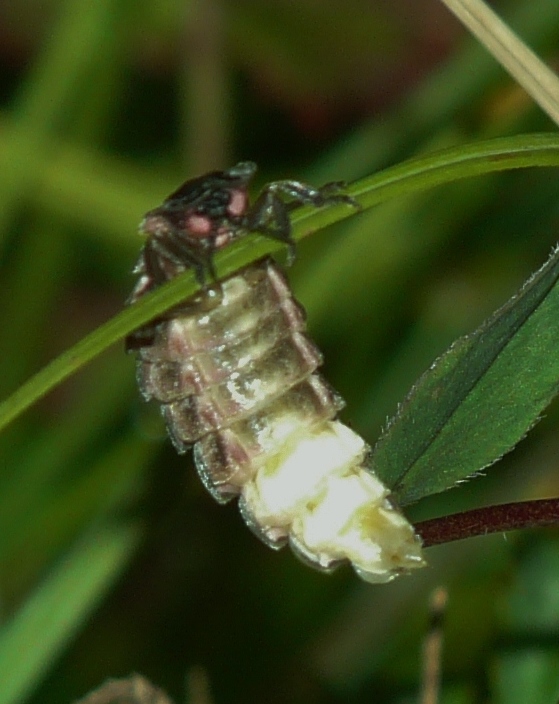 |
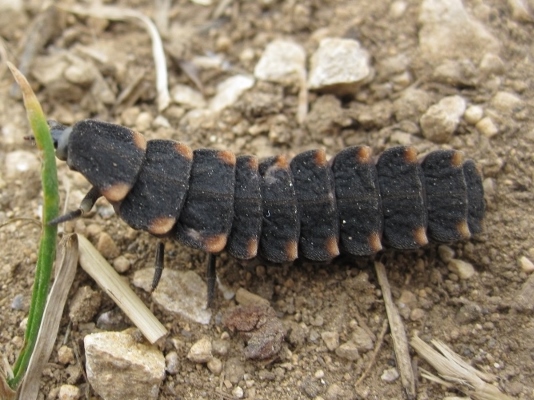 |
There are several local sites that have proved reliable:
The light needs to be pretty much gone before you will see any - and then they look remarkably like a small green LED light.
Glow worms are not, in fact, worms but beetles: we were lucky enough to come across one in the daylight (see the photo above).
Page 5 of 15
